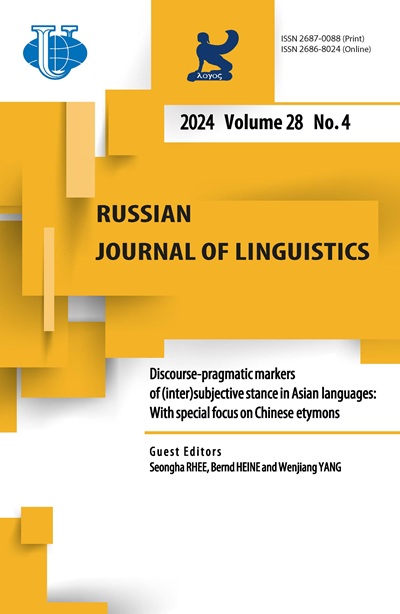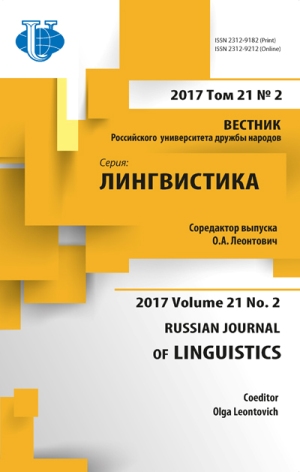Abstract
The displacement of people who leave their home to live in the streets is one of the social dramas commonly found in large urban areas. Despite forming a heterogeneous population group, these people are seen by society as one homogenous crowd, grouped together based on the generalizations of negative categorizations attributed to them. This article analyzes the displacement storytelling of a woman who lost her house to heavy rainstorms, which forced her to go live in the streets with her seven youngest children. Based on the concepts of membership categorization analysis, stigma and talking back, we aim to investigate how this former street dweller refutes the stigmatized identities that she knows are attributed to her, as well as how she claims an alternative identity. Her narrative was produced in the context of an interview for research on life stories. The results show that the storyteller seeks to build a coherent narrative for her own self by adopting a belief system to organize her life story and by providing explanations to the events in her life. Accordingly, she blames the street dwellers’ deviant behavior on the street environment, and also claims her status as a member of the “family” collection by invoking the dominant discourse on motherhood as an ideal of female fulfillment. Ultimately, this study highlights the importance of knowing the native categories, that is, the categories created by the members of the group whose actions are being studied, which challenge the categories conceived by outsiders.

















